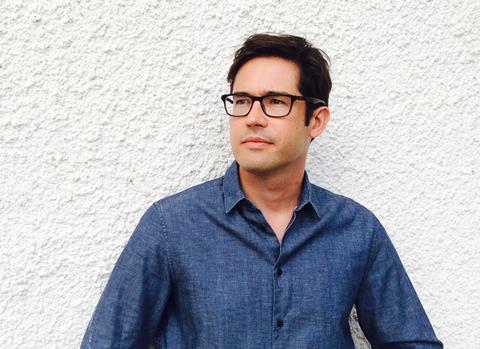
The built environment is awash with waste. From consumer packaging and uneaten food to construction waste, the human race has become addicted to throwing stuff away. In rich countries, because we throw more away, we are also trying to export more of it. But even that model now seems unsustainable. China recently stopped importing most American recycling, leading to rapidly growing mountains of garbage in many US cities. And although the UK has significantly increased the amount it recycles over recent decades, population growth means that overall volumes of waste are likely to continue to increase.

Where I live in Uganda the amount of waste that individuals produce is relatively small but, because of poor collection and processing infrastructure, the visible problem often appears much worse than in the UK. Most plastic food and drinks packaging is simply thrown to the ground. Roadsides across the country are littered with bottles and wrappers. In a few affluent parts of Kampala, this is swept up and collected. But in most parts of the city, piles of plastic appear over the course of the day, which are then set alight as dusk falls. These low-intensity fires fill the air with noxious smoke, making Kampala, by some measures, one of the most polluted cities in Africa.
One Kenyan architect thinks that the answer to this regional waste and air quality crisis is more burning, not less. Jim Archer was born in Nairobi and studied architecture at Oxford School of Architecture before going on to run successful practices in Uganda, the UK and Kenya. In the early 1990s he was becoming increasingly aware of the mountains of human-generated waste appearing in Nairobi, especially the city’s biggest slum, Kibera. He was concerned by the impact the waste was having on public health and water quality. Since then the volumes have only increased.
As our self-inflicted environmental calamity gathers momentum, we increasingly have to adopt less than idealistic solutions in order to cope
Archer’s solution was to develop a communal stove that burns plastics and other waste at high enough temperatures to mitigate the risk of releasing poisonous toxins. Because they burn rubbish at over 800°C, they achieve 99% combustion – producing smoke that is almost transparent or white in colour and almost odourless. The stoves would eradicate the huge piles of rubbish and help clear up the slum. With Kenya’s forests rapidly being destroyed, another positive benefit would be reduced demand for wood and charcoal, as they could also be shared by the local community for cooking.
The Community Cooker Foundation now works to roll out the model across Kenya and further afield. One of the most recently implemented stoves is in Shela, the trendy fishing village on Lamu, popular with London’s fashion set. The project was delivered in partnership with the Lamu Marine Conservation Trust and seeks to address the growing volume of waste produced by the tourism industry, including the garbage washed up on the once pristine local beaches.
>> Also read: Architects must learn to lead in the climate crisis
The Community Cooker highlights a conflict between an idealised version of a developed urban infrastructure and the reality of a world in which our waste production is out of control. Reducing plastic packaging and increasing recycling rates might be seen as the best long-term solutions (and Kenya has already banned plastic bags) but in places like Kampala and Nairobi, burning waste as cleanly as possible is perhaps the least bad option for uncollected garbage.
The stark truth is that it’s not just in Africa that trash burning is popular. In the UK, there has been a recent explosion in waste-to-energy incinerators and last year it was predicted that the UK would soon be burning more waste than it recycles. As our self-inflicted environmental calamity gathers momentum around us, the reality is that we are increasingly having to adopt less than idealistic solutions in order to cope. Urgent adaptation, rather than utopian urbanism is now the imperative.
Jim Archer has dedicated decades of his life to facing up to this crisis. It will be interesting to see how other architects respond as the cracks in our unsustainable urban models become ever more apparent.
















2 Readers' comments